13 Everyday Items from 20 Years Ago That Are Now Luxuries
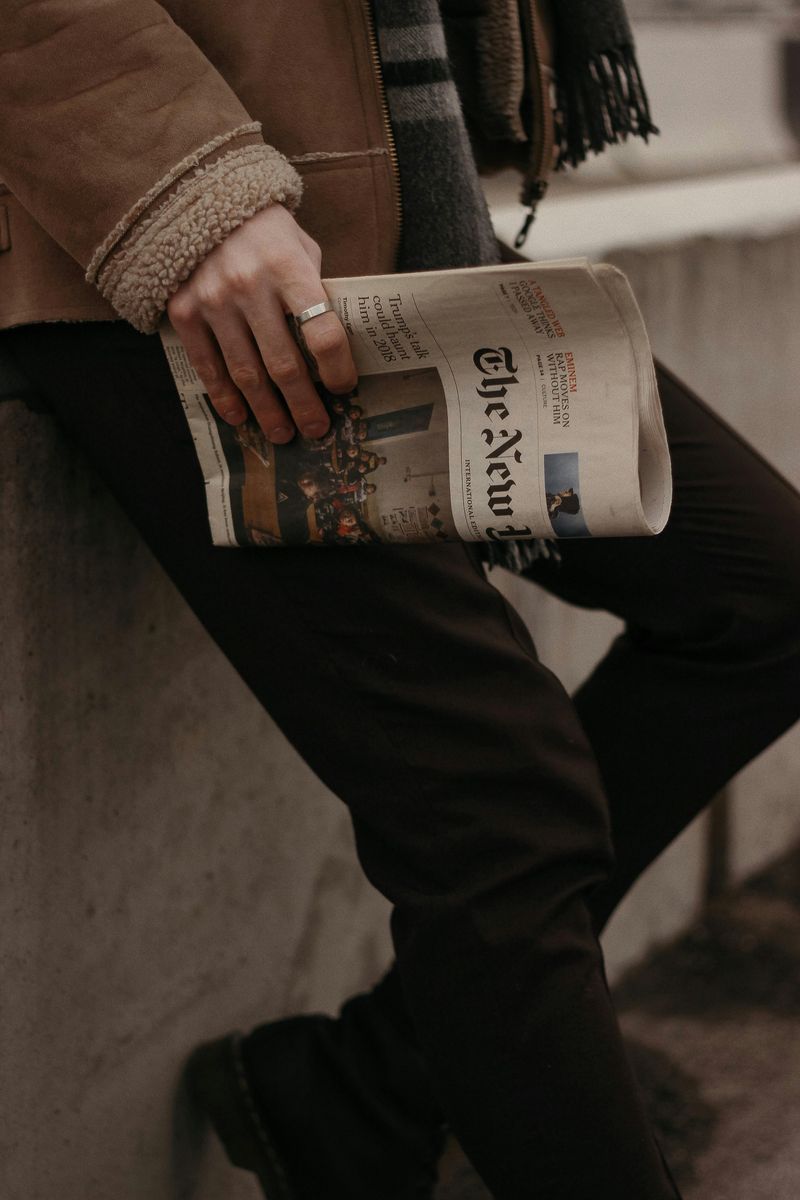
Twenty years ago, life looked different in many ways. Things we used every single day without thinking twice have become expensive treats or rare finds today. Some items disappeared completely while others became so pricey that only a few people can afford them regularly. This shift shows how much our world has changed in just two decades.
1. Landline Phone Service
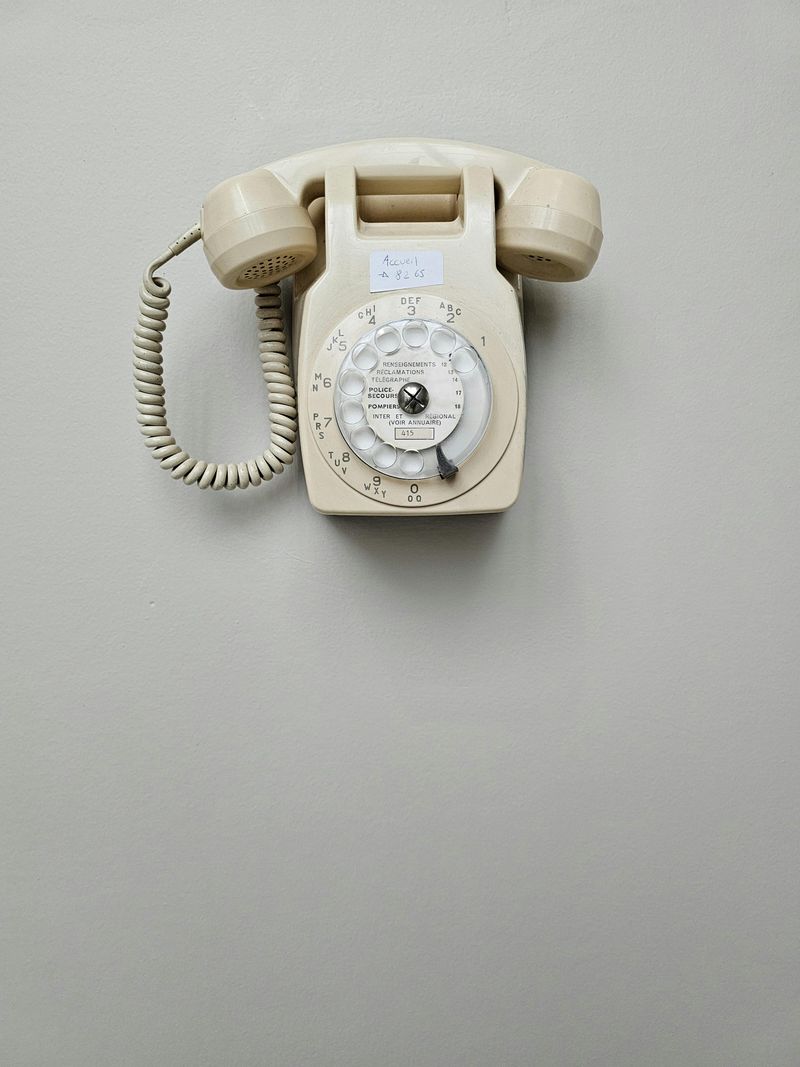
Nearly every household had a landline phone in 2004, often with multiple extensions throughout the house. Monthly bills stayed affordable, and unlimited local calling was standard. Families shared one number, and everyone knew how to take messages.
Cell phones gradually replaced home phones for most people. Maintaining a landline now costs significantly more than basic mobile plans. Phone companies charge premium rates for what used to be essential service.
Some people keep landlines for nostalgia or emergencies, but it feels like an expensive extra. The reliable home phone became an unexpected luxury item.
2. DVD Rental Stores Everywhere
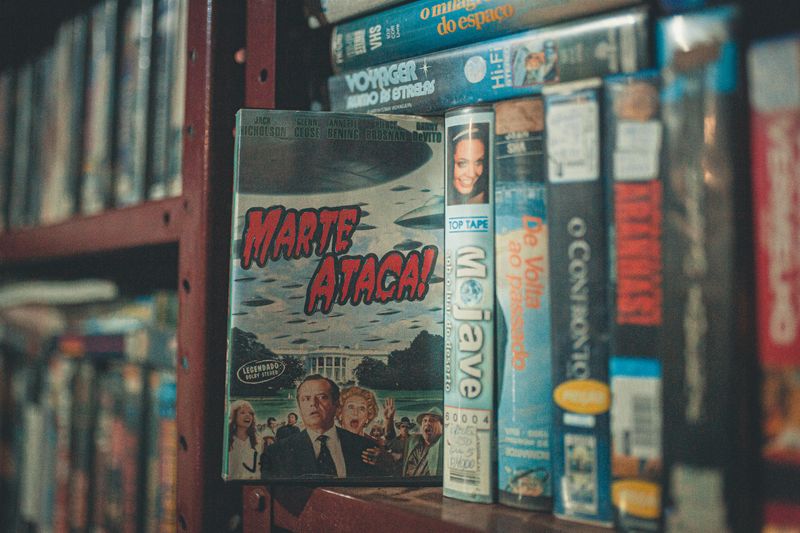
Blockbuster and local video stores filled neighborhoods in the early 2000s. Renting movies cost just a couple dollars, and browsing aisles was weekend entertainment itself. Late fees annoyed everyone, but the experience brought communities together.
Streaming services wiped out rental stores almost completely. The few remaining shops charge boutique prices for curated selections. What was once a cheap Friday night activity became rare and expensive.
Some cities have specialty rental stores for film enthusiasts willing to pay premium membership fees. Physical media rentals transformed into luxury experiences for movie collectors.
3. Affordable Concert Tickets

Concert tickets in 2004 rarely exceeded fifty dollars for major artists, and lawn seats cost even less. Seeing live music happened frequently without breaking budgets. Ticket fees existed but stayed reasonable compared to ticket prices.
Dynamic pricing and resale markets changed the concert industry dramatically. Now average tickets cost hundreds, and good seats require serious financial planning. Service fees sometimes equal the original ticket price.
Attending concerts shifted from regular entertainment to special occasion spending. Live music became a luxury experience rather than accessible fun for everyone.
4. Affordable Housing Near Cities

Buying or renting near major cities stayed within reach for middle-class families twenty years ago. Starter homes existed in desirable areas, and down payments seemed achievable. Commutes stayed short without sacrificing affordability.
Real estate prices exploded in urban and suburban areas nationwide. Properties that cost $150,000 in 2004 now sell for over $500,000. Renting near cities requires salaries that seemed impossible back then.
Living close to work became a luxury reserved for high earners. Affordable housing near employment centers practically disappeared in many regions.
5. Physical Music Collections
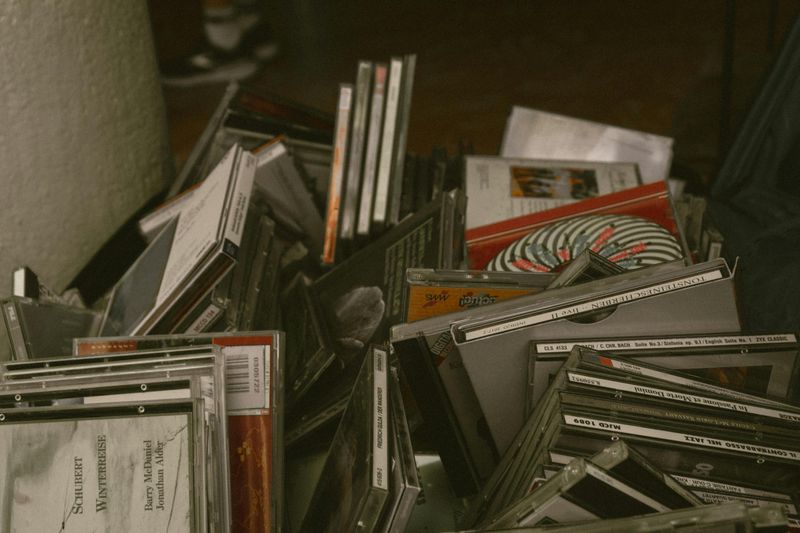
CD collections lined walls in bedrooms and living rooms throughout the early 2000s. Buying albums cost $10-15, and building a music library felt important. People traded CDs and made mixtapes for friends regularly.
Streaming made physical music obsolete for most listeners. Vinyl records came back as expensive collector items for audiophiles. CDs sit in thrift stores, yet new releases on physical media cost premium prices.
Owning music physically became a luxury hobby instead of the only option. Streaming convenience made collections seem extravagant and unnecessary.
6. Affordable Car Ownership
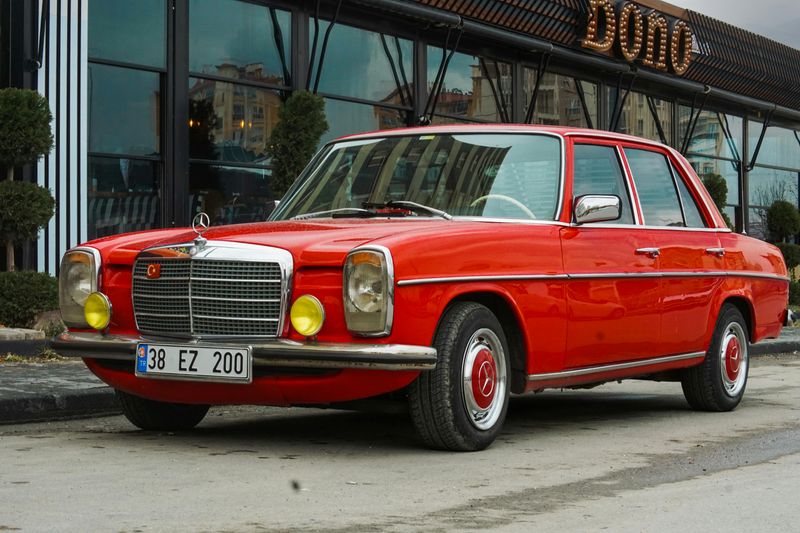
New cars cost $15,000-20,000 for reliable models in 2004, and used cars stayed affordable too. Insurance and gas prices remained manageable for most working families. Owning a vehicle was expected, not extravagant.
Vehicle prices doubled or tripled while wages stayed relatively flat. Insurance costs skyrocketed, and gas prices fluctuate wildly. Maintenance expenses increased as cars became more computerized.
Owning a reliable car became a significant financial burden for many households. What was once a standard part of adult life turned into a luxury some cannot afford.
7. Physical Newspapers Delivered Daily

Back in 2004, most families started their mornings with a newspaper thud on the doorstep. Reading the paper with breakfast was normal, and subscriptions cost just a few dollars weekly. Today, newspaper delivery feels fancy and old-fashioned.
Many newspapers shut down or moved online completely. The ones still printing charge premium prices for home delivery. Physical papers became collector items rather than daily necessities.
Most people now get news from phones and tablets instantly. Holding an actual newspaper feels special, almost like a luxury experience from another era.
8. Mall Shopping as Entertainment

Malls thrived as social hubs and shopping destinations in the early 2000s. Window shopping and hanging out at malls cost nothing but time. Food courts offered cheap meals, and stores provided entertainment through browsing.
Online shopping killed many malls, and remaining ones transformed into upscale destinations. Surviving malls feature expensive boutiques and premium dining instead of affordable options. Parking sometimes costs money where it was always free.
Mall shopping became a luxury experience rather than everyday entertainment. The casual, free activity turned into deliberate spending occasions.
9. Eating Out Regularly

Restaurant meals cost significantly less twenty years ago, making eating out a weekly occurrence for many families. Fast food value menus actually provided value, and sit-down restaurants stayed affordable. Dining out was normal, not special.
Food prices and restaurant costs increased dramatically faster than incomes. A meal that cost $8 in 2004 now runs $15-18. Tipping expectations rose from 15% to 20% or more.
Frequent restaurant visits became luxury spending for most households. Eating out shifted from regular convenience to occasional treat requiring budget planning.
10. Affordable College Textbooks

College textbooks were expensive in 2004 but nowhere near today’s prices. A full semester of books might cost $300-400 total. Used book markets thrived, and students resold books easily each semester.
Publishers implemented access codes and frequent new editions to kill resale markets. Required textbooks now cost $200-300 each, with codes adding more expense. Some classes need $800+ in materials alone.
Buying required course materials became a luxury expense causing real hardship. Textbook costs turned into a crisis rather than a manageable student expense.
11. Free Parking Everywhere

Parking was free at most stores, restaurants, and public places twenty years ago. Meters existed downtown but stayed cheap and plentiful. Nobody planned trips around parking costs or availability.
Parking fees spread everywhere as cities monetized every available space. Apps and meters require payment at places that never charged before. Downtown parking costs more per hour than many people earn.
Free parking became a luxury perk offered by premium establishments. Finding no-cost parking turned into a victory rather than an expectation.
12. Repairing Electronics
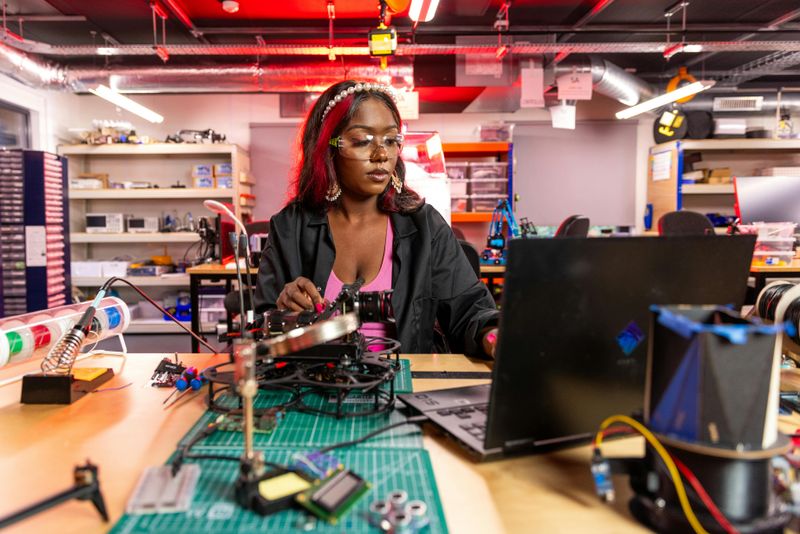
Electronics repair shops fixed TVs, computers, and gadgets affordably in the early 2000s. Products were designed to be opened and repaired by technicians. Fixing something cost less than replacing it almost always.
Modern devices use glue, proprietary parts, and software locks preventing repairs. Repair costs often exceed replacement prices deliberately. Companies fight against right-to-repair laws actively.
Getting electronics professionally repaired became a luxury for expensive items only. The practical option of fixing things turned into an extravagant choice.
13. Single-Income Households

Many families lived comfortably on one income in the early 2000s, with one parent working full-time. Mortgages, groceries, and bills stayed manageable without two salaries. Childcare costs were lower since one parent often stayed home.
Wages stagnated while living costs exploded in every category. Most families now require two full-time incomes just to cover basic expenses. Single-income households became rare and require significantly higher salaries.
Supporting a family on one income turned into a luxury only high earners can afford. The once-common arrangement became financially impossible for most.

Comments
Loading…